Warhammer is back yet again, this time in the form of a real-time strategy game with Warhammer 40,000: Dawn of War III. With an incredible universe and veteran developer, Relic Games, can this Warhammer game live up to its great potential.
There are three different playable races: the Space Marines, Orks and Eldar. The Campaign rotates between these factions within each mission. While their stories are intertwined, I found the continuous rotation made it difficult to become engaged in any particular character or story thread.
The difference in races are more than just a coat of paint, the distinction goes right down to the very core of gameplay. Each race has its own sets of buildings, units and even mechanics. The Orks for instance are scavengers who are reliant on scrap metal. Units can use the scrap metal to upgrade or alternatively if the scrap is big enough you can use it to build powerful units. The Eldar meanwhile rely much on their rechargeable shields. This makes hit, run, recover and repeat a key offensive strategy.
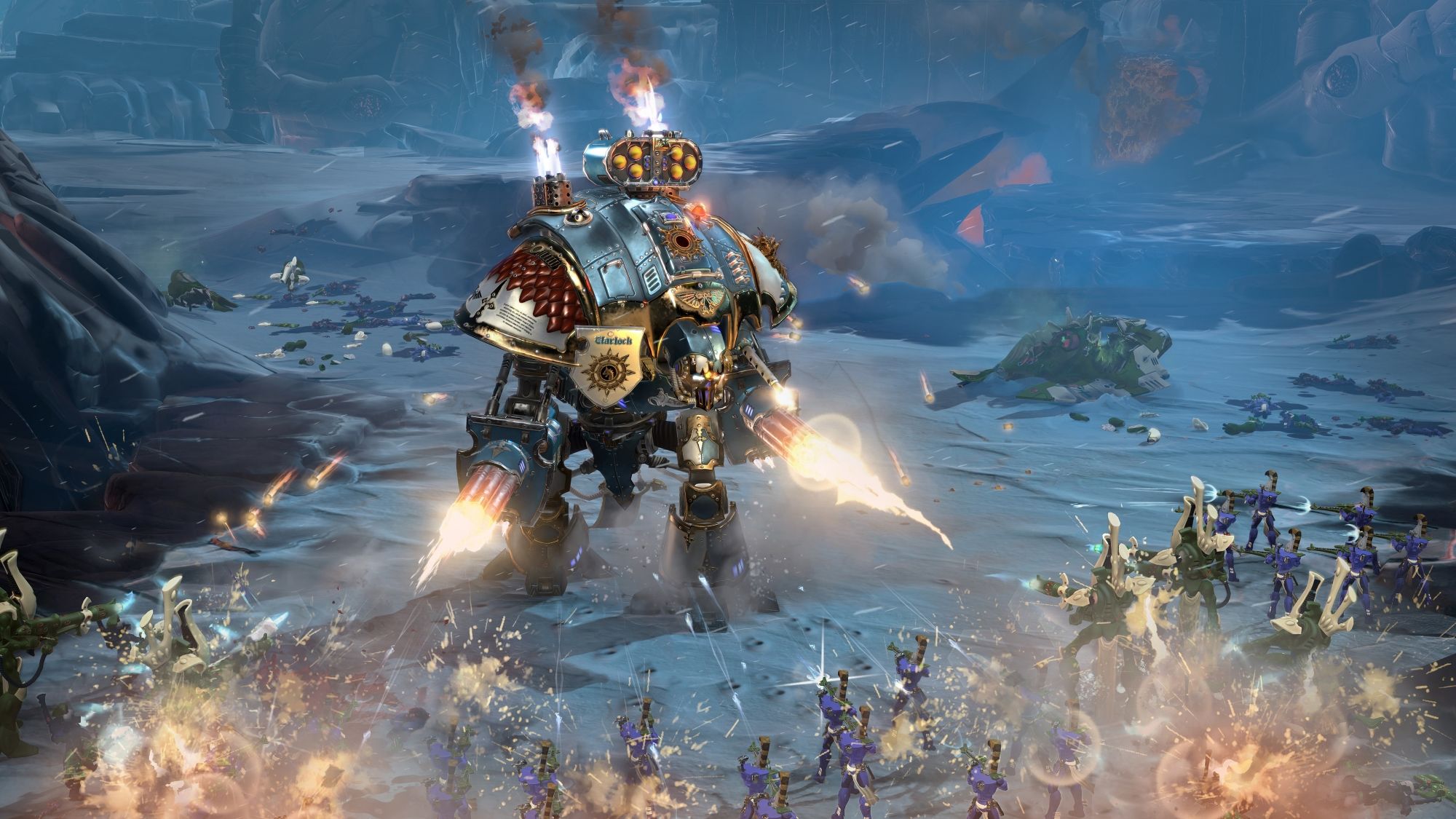
The Campaign spans across 17 well-crafted missions. There is enough variety in Level design and mission objectives to prevent missions from feeling too samey. Each mission is designed to evolve as you progress, with the story developing, new areas of the map unlocking and new objectives being introduced on the fly.
The overarching story is somewhat forgettable however it does the job. I didn’t develop a particularly liking or connection to any of the characters. The beginning of the story feels like you are thrown into the deep end, especially as a newcomer to the Universe. This is mostly attributed to the complexities of the Warhammer world and the events that have led up to the beginning of the story, which is all played out like assumed knowledge rather than something introduced.
Unlike most traditional real-time strategy games, there isn’t a big focus on base building or resource management. Instead, the focus is on moving units and combat.While this should make the game feel more fast-paced, it doesn’t due to the hard difficulty and the need to build and conserve units.
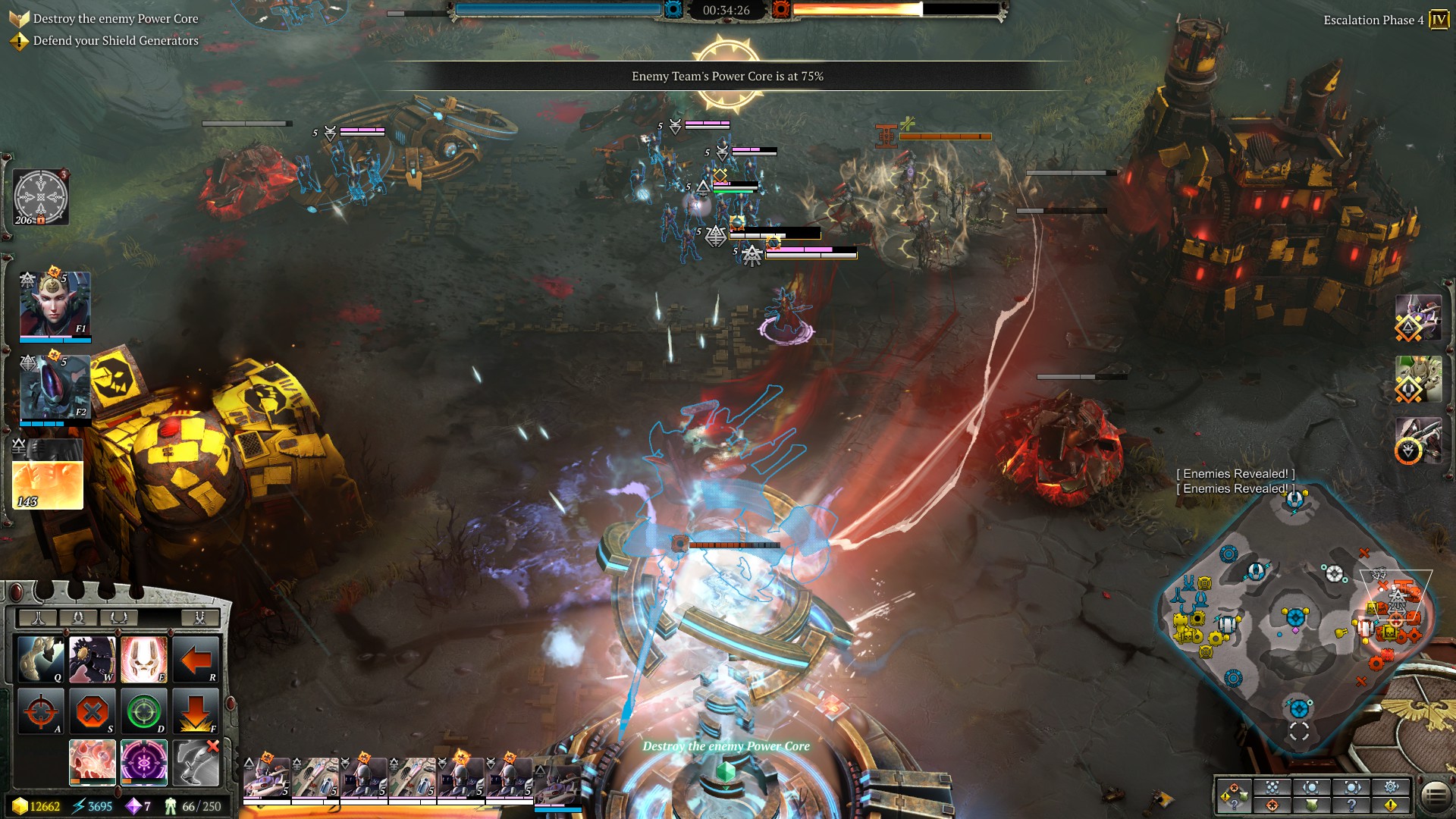
To gather resources you must find and control specific resource points throughout the map. Resources aren’t gained in abundance, even with all the resource points on the map you may only be able to afford a new unit every couple of minutes.
The slow rate of resource gathering means you can’t build a decent resource supply then overwhelm the enemy with pure numbers. Instead you must focus on strategy. You need to know when to retreat and when to attack. You need to try and preserve every individual unit and find the best way to spend your resources.
On one occasion I had all of my units wiped out in an unsuccessful attack. Even with all of the supply points it took me a good 10-15 minutes to rebuild an acceptable army that could wipe out the remnants of their forces. This is not an easy or forgiving game.
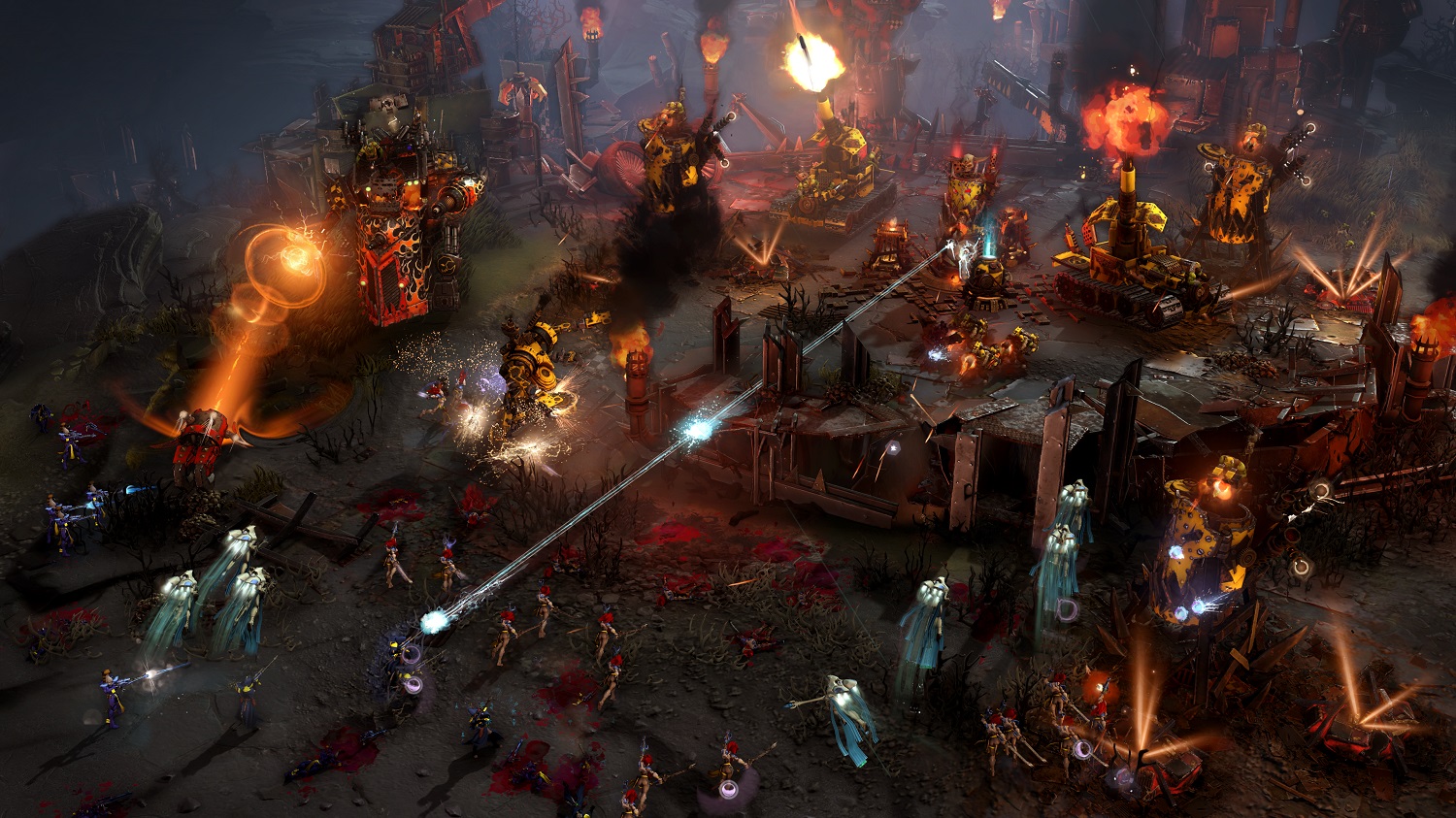
This slow pace isn’t well suited to my taste. Often matches felt like they were progressing too slowly or drawing out for too long for me to be able to enjoy it.
I couldn’t help but shake the feeling that this unforgiving nature in combination with several other gameplay mechanics was intended for competitive play. This hasn’t come to fruition though as online games are very difficult to find. Regardless, the single-player portion of the game feels ill-suited to these mechanics.
One such example is the special abilities you can bring into missions. There are a dozens of different abilities you can select, each focusing on adding a very specific ability to a single unity type or your faction in general. Despite having an overwhelming number to choose from, you can only select three at time. Given the number, there just isn’t enough missions to experiment with these different abilities.
As you can easily unlock three abilities early on and the abilities seem reasonably balanced, it makes progression feel stagnant. Additionally, as you can only pick three, the influence of them on the game feels limited.
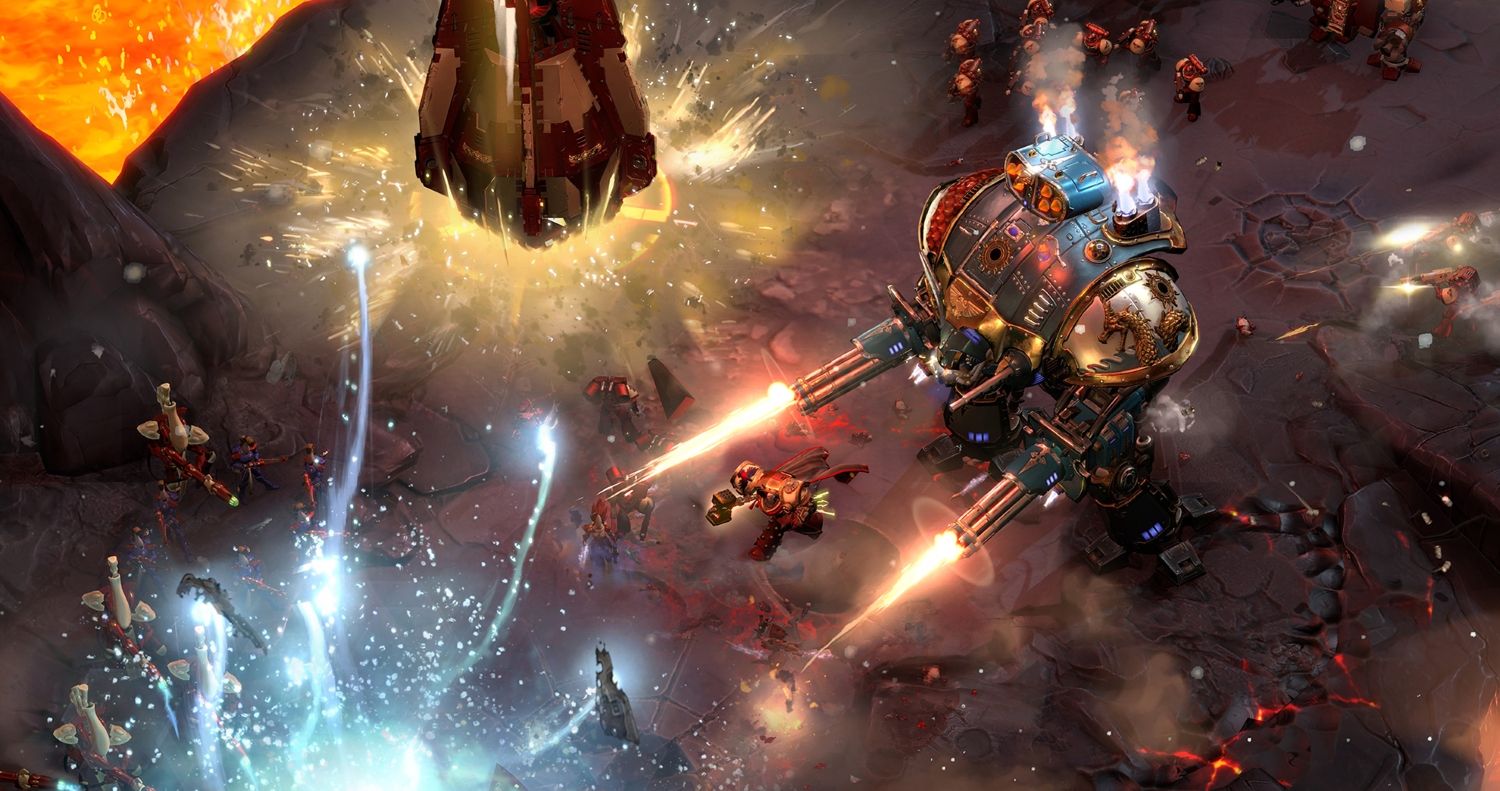
A similar system is present when selecting heroes, or what the game calls Elite units. At the start of the mission, you select three Elites to bring with you, regardless of how many heroes you have. While the Elite units do level up, the level of customisation is extremely limited.
While I love a good old-real-time strategy game, I didn’t find what I was looking for in Warhammer 40,000: Dawn of War III.
The rather limited base building, slow-paced and unforgiving gameplay and un-engaging story takes away from the excellent mission design and universe in which it is set. There are sure to be some people who will find much to love about this game, I just wasn’t one of them.
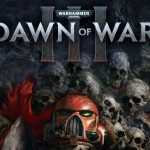
Released: April 2017
Rating: M15
Platforms: PC (Windows 7 or Higher)
Genre: RTS
Developer: Relic Games
Publisher: Sega</p

